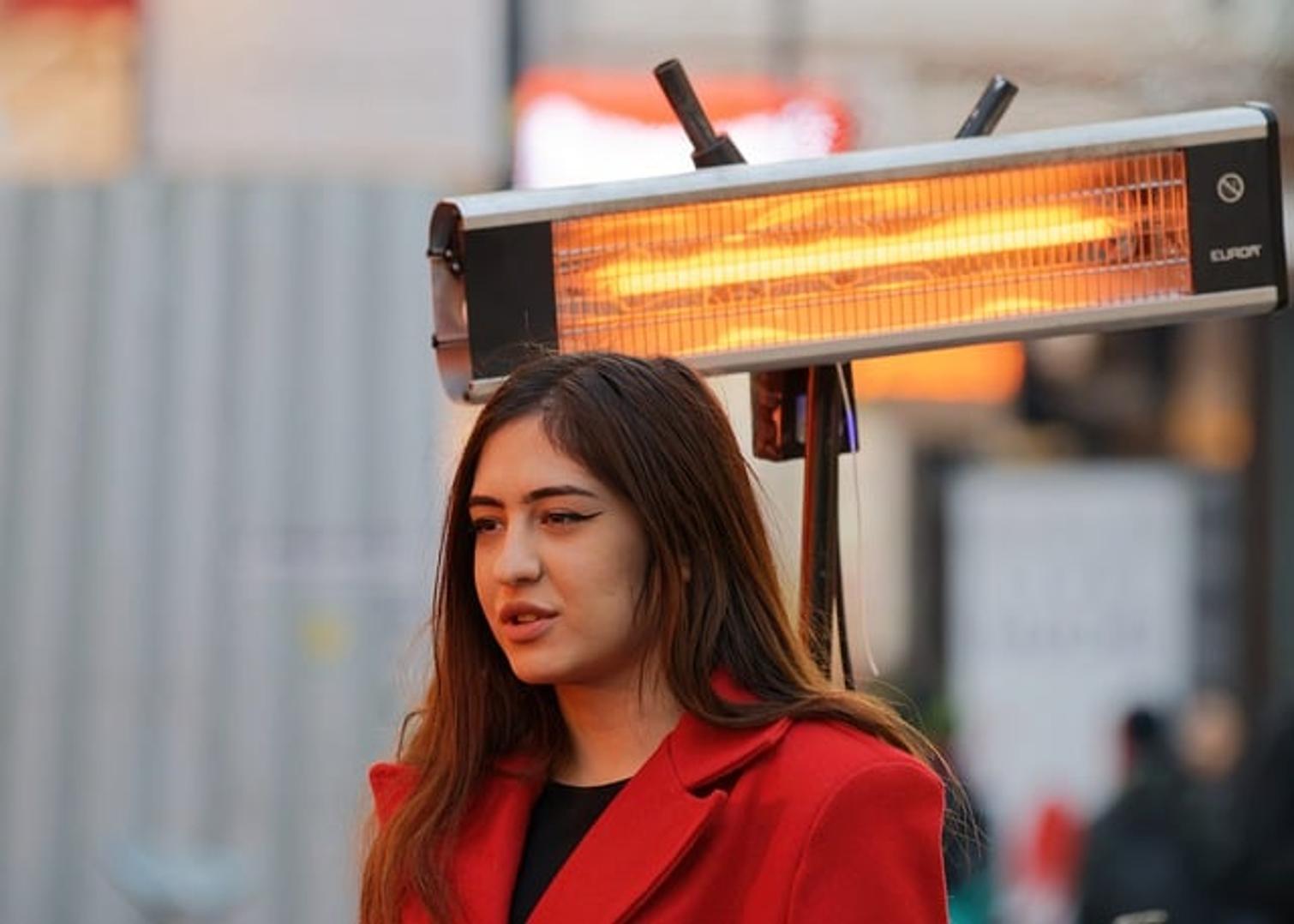Introduction
When the chill of winter sets in, a malfunctioning heater can become a significant concern. Determining why your heater is not working is crucial to restoring comfort in your home. This article will explore the common issues causing heater failures and provide actionable solutions to help you troubleshoot and resolve these problems effectively.

Common Heater Issues
Heaters can encounter a range of issues, from simple fixes to more complex malfunctions. Understanding these issues can help diagnose the problem quickly. Common causes for a heater not working include thermostat problems, power supply issues, dirty filters, ignition issues, blower motor malfunctions, insufficient airflow, leaking ducts, and blocked vents. In the sections below, we will delve into each of these potential problems and how to address them.
Thermostat Problems
Incorrect Thermostat Settings
Your heater’s thermostat settings can significantly impact its functionality. Ensure your thermostat is set to ‘heat’ and the temperature is higher than the current room temperature. Sometimes, the settings may be accidentally switched or adjusted, causing the heater not to activate.
Faulty Thermostat Hardware
Thermostat issues aren’t always about settings; the hardware could be faulty too. If your heater isn’t turning on despite proper settings, the thermostat itself might be broken. Check for signs of damage and consider replacing it. A faulty thermostat fails to communicate with the heater, thus disabling the heating function.
Power Supply Problems
Tripped Circuit Breaker
A tripped circuit breaker may cut off the power to your heater. Inspect your home’s electrical panel for any tripped breakers. If you find one, reset it by switching it off and then back on. If the breaker trips again, there may be an electrical issue requiring professional attention.
Blown Fuse or Disconnected Power
In some cases, a blown fuse can interrupt the heater’s power supply. Check the fuse box for any indicators of a blown fuse. Moreover, ensure the power switch to the heater is turned on. Sometimes, simply reconnecting a loose plug can solve the issue.
Clogged or Dirty Filters
How Dirty Filters Affect Performance
Dirty or clogged filters restrict airflow, making the heater work harder to circulate warm air. This inefficiency strains the system and can lead to overheating or system failure. Regularly checking and maintaining your filters ensures optimal performance and longevity.
How to Clean or Replace Your Heater’s Filter
- Turn off the power: Always begin by switching off the heater to ensure safety.
- Locate the filter: Consult your heater’s manual to find the filter location.
- Remove the filter: Take out the filter carefully to prevent dust from spreading.
- Clean or replace: If the filter is reusable, wash it thoroughly. If not, replace it with a new one.
- Reinstall the filter: Place the cleaned or new filter back into the heater.
- Power the heater on: Turn the heater back on to resume heating.
Ignition or Pilot Control Issues
Common Ignition Problems
Ignition problems can prevent heaters from turning on. These issues might include a failing electronic ignition system or a broken pilot light. Check the ignition system for defects and ensure there are no blockages or damage preventing the heater from lighting up.
How to Troubleshoot Pilot Light Issues
- Inspect the pilot light: If it’s out, try relighting it according to your heater’s manual instructions.
- Check for gas supply: Ensure the gas valve is open and supplying gas to the heater.
- Clean the pilot orifice: Sometimes, dust or debris clogs the orifice, preventing ignition. Clear any blockages carefully.
- Seek professional help: If these steps don’t resolve the issue, the pilot control system may need a professional technician for repair.
Blower Motor Malfunction
Signs of a Failing Blower Motor
A malfunctioning blower motor can severely impact the heating system’s efficiency. Signs of a failing blower motor include unusual noises, weak airflow, or the heater turning off unexpectedly. Addressing these symptoms early can prevent more severe damage to the system.
Steps to Replace or Repair the Motor
- Turn off power: Always ensure the power is off before inspecting the motor.
- Access the blower motor: Typically located behind the access panel of your heater.
- Inspect the motor: Check for any visible damage, wear, or loose connections.
- Repair or replace: Depending on the damage, you might tighten connections, lubricate moving parts, or replace the motor entirely. Always consult your heater’s manual or a professional when in doubt.

Insufficient Airflow
Causes of Poor Airflow
Several factors can cause insufficient airflow, including blocked vents, dirty ducts, or a failing fan. Poor airflow can reduce heating efficiency and make certain areas of your home notably colder.
Solutions to Improve Airflow
- Check and clear vents: Ensure all vents are open and unobstructed by furniture or drapes.
- Clean ducts: Regularly clean air ducts to remove dust and debris buildup.
- Inspect the fan: Make sure the fan is operational and not hindered by accumulated dirt or mechanical issues.
Leaking Ducts
How Leaking Ducts Impact Efficiency
Leaking ducts can significantly reduce a heater’s efficiency by allowing warm air to escape before it reaches your living spaces. This results in uneven heating and higher energy costs as the heater works harder to compensate.
Sealing and Repairing Duct Leaks
- Identify leaks: Inspect ducts for obvious cracks, holes, or loose connections.
- Seal small leaks: Use duct sealing tape or mastic sealant to cover small leaks.
- Professional repair for major leaks: Significant duct damage requires professional repair to ensure a thorough and effective seal.
Overheating Due to Blocked Vents
Identifying Blocked Vents
Blocked vents can cause the heater to overheat as air flow becomes restricted, forcing the system to work harder and potentially shutting down as a safety measure. Identify blocked vents by checking for obstructions such as furniture, rugs, or debris.
How to Clear Vents and Improve Heating
- Ensure vents are clear: Remove any obstructions covering the vents.
- Vacuum vents: Clean inside the vents using a vacuum to remove dust buildup.
- Regular maintenance: Keep a schedule to check and clean vents to maintain efficient airflow and heating performance.

Conclusion
Heater issues can stem from a variety of sources, but with the right approach, they are often straightforward to diagnose and fix. Keeping your heater well-maintained not only ensures reliable performance but also prolongs its lifespan. By understanding and addressing issues such as thermostat settings, power supply problems, dirty filters, ignition troubles, blower motor malfunctions, airflow issues, leaking ducts, and blocked vents, you can enjoy a warm and comfortable home throughout the winter months.
Frequently Asked Questions
How often should I replace my heater’s filter?
It’s recommended to replace your heater’s filter every 1-3 months, depending on usage and the type of filter. High-quality filters might last longer, but always consult your heater’s manual.
Why does my heater keep shutting off?
Your heater might shut off due to various reasons, including an overheated motor, clogged filters, thermostat issues, or blocked vents. Identifying and addressing these issues can help maintain consistent heating performance.
When should I call a professional for heater issues?
If basic troubleshooting steps don’t resolve the problem or if you notice persistent issues such as unusual noises, continuous system shut-offs, or ignition problems, it’s best to call a professional technician to ensure safe and effective repairs.
